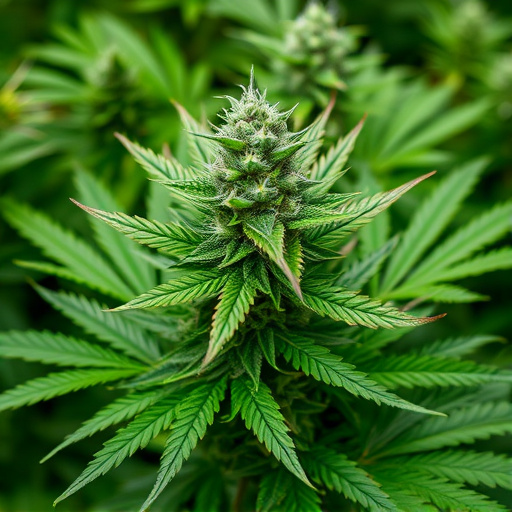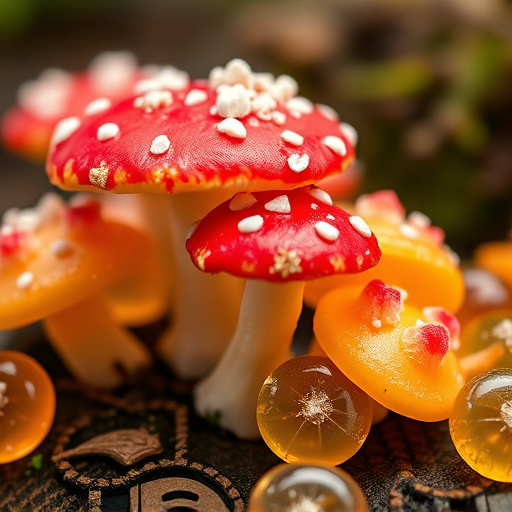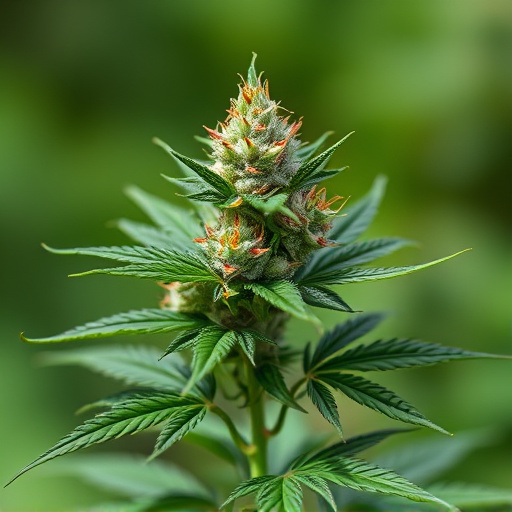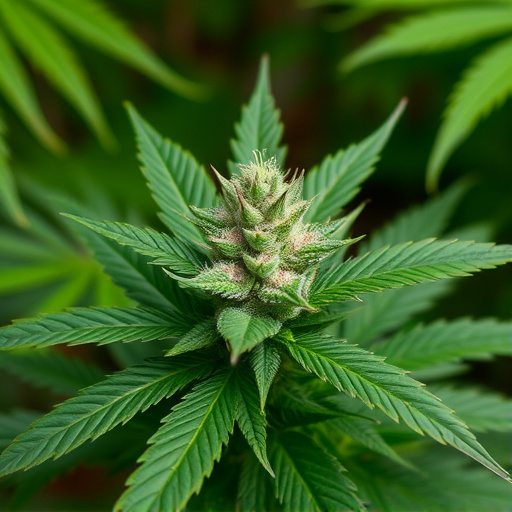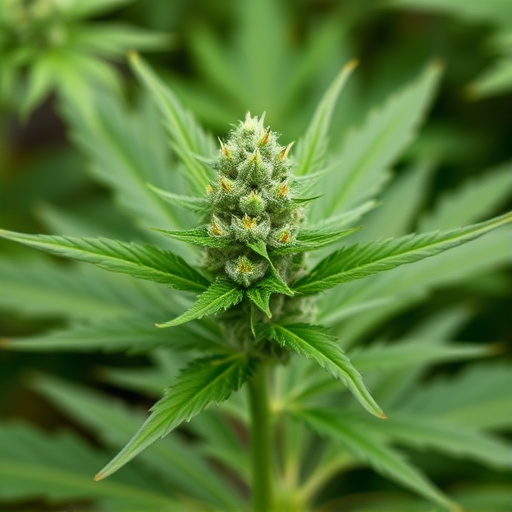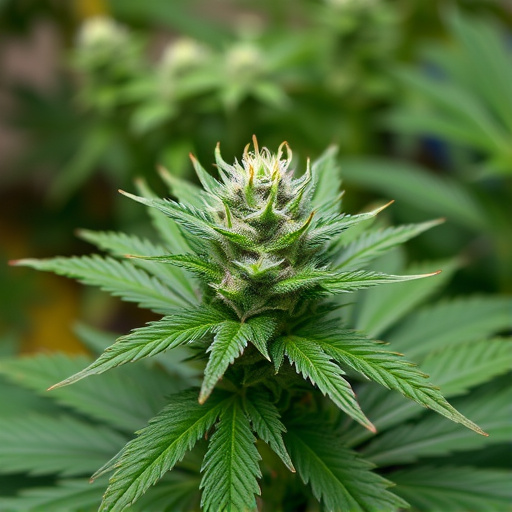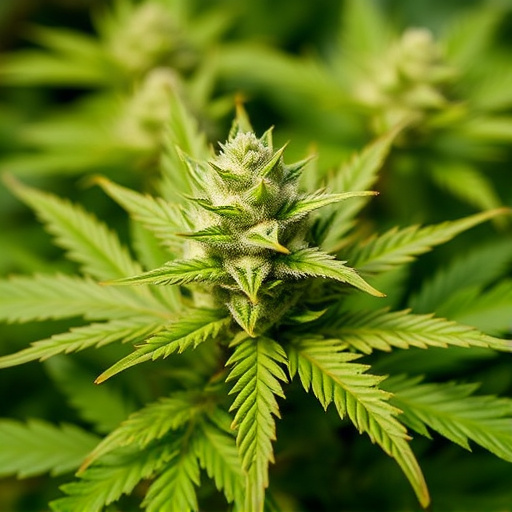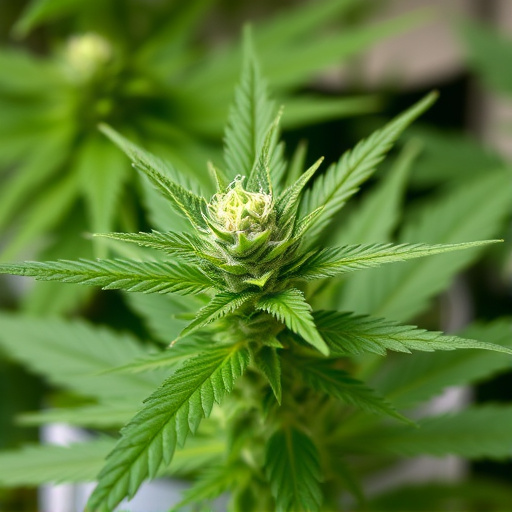The effectiveness of cannabis as a treatment for ADHD relies on the intricate relationship between terpenes, cannabinoids (like THC and CBD), and individual biochemistry. Terpenes impact scent, flavor, and therapeutic benefits, while cannabinoids interact with the endocannabinoid system to regulate mood, memory, appetite, and pain. Balancing these compounds is crucial. For ADHD, strains high in CBD and low in THC are often preferred for their focus-enhancing and anxiety-reducing properties without psychoactive effects. Consulting healthcare professionals is essential to tailor cannabis therapy based on genetic factors and metabolic processes, ensuring optimal efficacy and minimal adverse reactions when using cannabis strains for ADHD.
Unraveling the factors that shape cannabis experiences is essential, especially for those exploring its potential therapeutic benefits. This article delves into the complex interplay of terpenes and cannabinoids, their impact on overall effects, and how these compounds may offer relief for conditions like ADHD. We explore specific cannabis strains known for their ADHD-related applications, weighing the potential benefits against individual variations in biology that can greatly influence responses. By understanding these factors, users can make informed decisions regarding their cannabis treatment options.
- Understanding Cannabis Effects: The Role of Terpenes and Cannabinoids
- Cannabis Strains for ADHD: Potential Benefits and Considerations
- Individual Variations: How Personal Biology Shapes Cannabis Experiences
Understanding Cannabis Effects: The Role of Terpenes and Cannabinoids
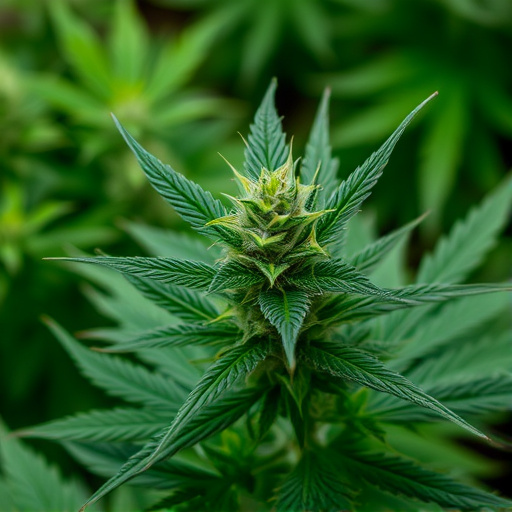
Cannabis effects vary greatly among individuals, and understanding why is crucial. One key aspect lies in the complex interplay between terpenes and cannabinoids, the chemical compounds responsible for cannabis’s unique properties. Terpenes, often referred to as aromatic oils, contribute significantly to the scent and flavor of different cannabis strains. Research suggests they also modulate the effects of cannabinoids like THC and CBD. For instance, myrcene, a common terpene, is known for its relaxing properties, potentially beneficial for managing symptoms associated with ADHD.
Cannabinoids, notably tetrahydrocannabinol (THC) and cannabidiol (CBD), interact with our endocannabinoid system, playing a pivotal role in regulating mood, memory, appetite, and pain perception. The balance between these compounds significantly influences cannabis effects. In the context of treating ADHD, cannabis strains high in CBD and low in THC are often preferred due to their potential to enhance focus and reduce anxiety without the psychoactive effects associated with THC.
Cannabis Strains for ADHD: Potential Benefits and Considerations

Cannabis has gained attention as a potential treatment option for Attention Deficit Hyperactivity Disorder (ADHD) due to its various chemical compounds, particularly cannabidiol (CBD) and tetrahydrocannabinol (THC). While THC is known for its psychoactive effects, CBD has shown promise in managing ADHD symptoms. Research suggests that CBD can help reduce hyperactivity, improve focus, and mitigate impulsivity, making it a compelling alternative or adjunct to traditional medications.
When considering cannabis strains for ADHD, the choice of strain depends on individual needs. Sativa strains, known for their energizing effects, may aid in increasing focus and reducing restlessness. Indica strains, on the other hand, with their calming properties, can promote relaxation and improve sleep quality, common challenges faced by individuals with ADHD. Balanced or hybrid strains that offer a combination of these effects are also popular choices. However, it’s crucial to consult healthcare professionals for personalized guidance due to the complex interplay between cannabis and individual biochemistry.
Individual Variations: How Personal Biology Shapes Cannabis Experiences
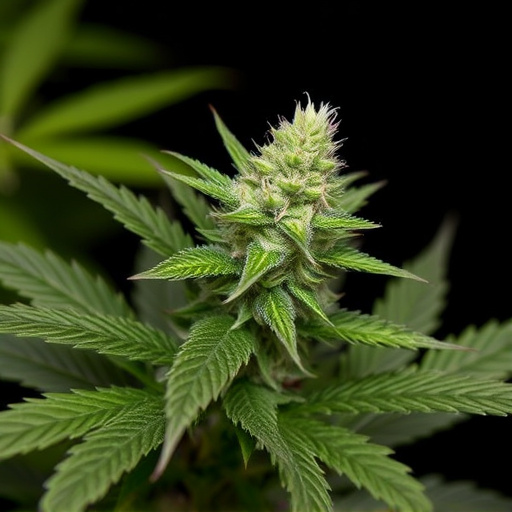
Cannabis experiences are highly individualized, and personal biology plays a significant role in shaping how one interacts with different strains. Genetic factors can influence the activity of cannabinoid receptors in the brain, which are responsible for mediating the plant’s effects. For instance, variations in the CB1 receptor gene have been linked to differences in sensitivity to THC, the primary psychoactive compound in cannabis. This means that individuals with certain genetic predispositions may experience more pronounced cognitive and psychomotor effects, while others might find relief from anxiety or insomnia without significant mental alteration.
Moreover, individual variations extend beyond genetics. Metabolic processes within the body can differ, affecting how quickly and efficiently cannabinoids are broken down and absorbed. These variations can lead to differing potencies of cannabis strains for ADHD management. Some individuals may require higher doses to achieve desired effects, while others might find relief with lower amounts. Understanding these biological nuances is crucial for tailoring cannabis therapy to individual needs, ensuring optimal efficacy and minimal adverse reactions.
In exploring the factors that influence cannabis effects, we’ve delved into the intricate relationship between terpenes, cannabinoids, and individual biology. When considering cannabis strains for ADHD, understanding these elements is key to navigating potential benefits and managing considerations. While research continues to evolve, recognizing personal biological variations empowers individuals to make informed decisions regarding their cannabis experiences.


